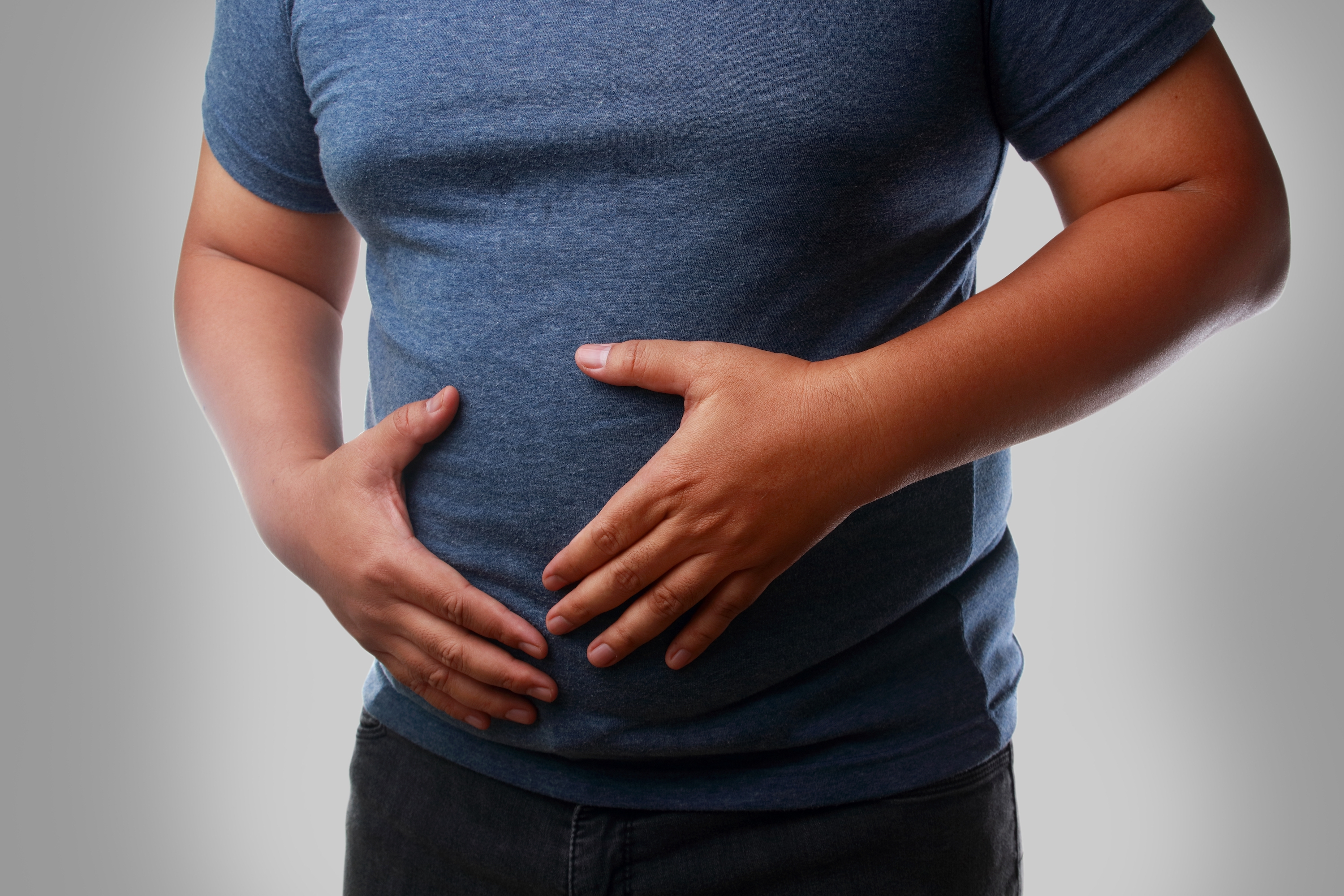As many people are turning to a diet that only includes whole foods, the topic of raw milk has been brought up. Many people believe it is the optimal version of milk, as it hasn’t gone through processing that would extract any nutrients. However, as a nutritionist, I tell all my clients to be careful when it comes to the beverage, as there are some risks.
So, ultimately, is raw milk healthy and safe to drink? Keep reading to find out everything you need to know.
What is raw milk?

Raw milk has not been pasteurized or processed in any way to alter its natural state, and it is collected directly from animals like cows, goats, or sheep. While it is sometimes favored by those who believe it offers a more natural or traditional option, it differs from pasteurized milk because it has not undergone any heat treatment to kill harmful bacteria that may be present. This makes the safety and nutritional aspects of raw milk debatable. There are specific regulations when it comes to selling raw milk in local markets and farms, but it varies by region.
Is raw milk healthy?

Recently, there has been much debate about whether or not raw milk is actually healthy. Some believe that raw milk is more nutritious than pasteurized milk because it may retain beneficial enzymes, vitamins, and probiotics that can be altered during the pasteurization process. Supporters claim it promotes better digestion and overall well-being, too.
On the other hand, some argue that these potential benefits are outweighed by concerns about safety and nutritional consistency. Whether raw milk is considered healthy often depends on individual preferences, beliefs, and local regulations. The decision to consume raw milk should be made carefully, taking into account various factors. If you have any concerns, consider reaching out to a physician or dietician for guidance.
Are there any risks when drinking raw milk?

Yes, there are risks associated with drinking raw milk. Raw milk can contain harmful bacteria, viruses, and parasites that are naturally present in the milk or introduced during handling and storage.
According to the CDC, “Drinking or eating products made from raw milk can expose people to germs such as Campylobacter, Cryptosporidium, E. coli, Listeria, Brucella, and Salmonella. Some groups, such as children under 5, adults over 65, pregnant women, and people with weakened immune systems, are at a higher risk of serious illness from these germs.”
If you have been exposed to these germs, you may experience symptoms ranging from a mild stomachache to a severe gastrointestinal infection. While many people argue that raw milk is a healthy option, the risks seem to outweigh any potential benefits. Local regulations and safety standards may make certain raw milk products better than others.
What type of milk has the most nutrients?

The nutrient content of milk can vary depending on the type and processing method. Whole milk typically retains the most nutrients, including fat-soluble vitamins like A, D, and K. It also contains a good balance of protein, calcium, and other essential nutrients.
However, if you’re looking for milk with fewer calories that is still rich in nutrients, skim milk or 2% milk contains plenty of protein and calcium without the higher fat content. Fortified plant-based milk like almond or soy milk can also be nutrient-rich, especially when they are fortified with calcium, vitamin D, and B12.
Other healthy sources of dairy

In addition to milk, whether it be raw or pasteurized, there are several other healthy dairy sources that provide essential nutrients. Try adding a few of the following to your weekly meal plan:
- Greek yogurt is high in protein, calcium, and probiotics, which support gut health.
- Cottage cheese is another protein-packed option, offering a good source of calcium and low-fat options.
- Cheese, especially varieties like cheddar, mozzarella, and feta, provides protein, calcium, and healthy fats. However, it should be consumed in moderation due to its calorie content.
- Kefir, a fermented dairy drink, is rich in probiotics and calcium, supporting digestive health.
Frequently asked questions

Why do bodybuilders drink raw milk?
Some bodybuilders drink raw milk for its high-quality protein, healthy fats, and natural enzymes that may aid digestion. It can also provide essential amino acids that help with muscle growth and recovery, and some believe raw milk’s unpasteurized state retains more nutrients. However, as discussed previously, it carries risks of harmful bacteria, making pasteurized milk a safer option.
How do you make raw milk safe to drink?
To make raw milk safe to drink, you can pasteurize it at home by heating it to 145°F (63°C) for 30 minutes or 161°F (72°C) for 15 seconds, then quickly cooling it. This process kills harmful bacteria while preserving nutrients. Always store pasteurized milk in a clean, sealed container.
What are the odds of getting sick from drinking raw milk?
The odds of getting sick from drinking raw milk are higher than from pasteurized milk. Raw milk can contain harmful bacteria like E. coli, Salmonella, and Listeria, which can cause foodborne illness. The risk is particularly concerning for young children, pregnant women, and those with weakened immune systems.




